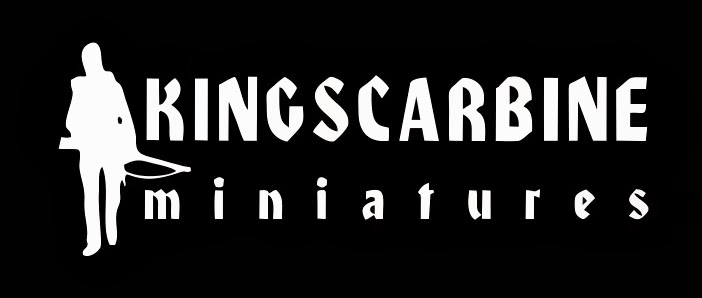A new exhibition at the V&A Museum of Childhood explores the history of playing at war.
The
exhibition's earliest exhibit is a simple German board game, based on
fox and geese, called the Art of Beseiging, from the start of the 19th
century. Children played at war before then, but this period marked a
dramatic change. Games have always mirrored technology, and real war was
changing fast. Gunpowder weapons had become too powerful for armies to
practise on manoeuvres as they once had. Leaders came up with solutions.
In 1780, an adjutant to the Duke of Brunswick wanted to create a new
version of chess that reflected contemporary battle conditions. His
board had 1,617 squares, rather than 64, with varying terrains and many
new pieces. This kriegsspiel (literally "war game") was very popular,
and over the next decades the Prussian general staff developed their own
variants. Superior generalship is widely agreed to have been one of the
main reasons for Prussia's defeat of France in 1870-71, and gaming was,
by then, a big part of Prussian leadership training.


No comments:
Post a Comment